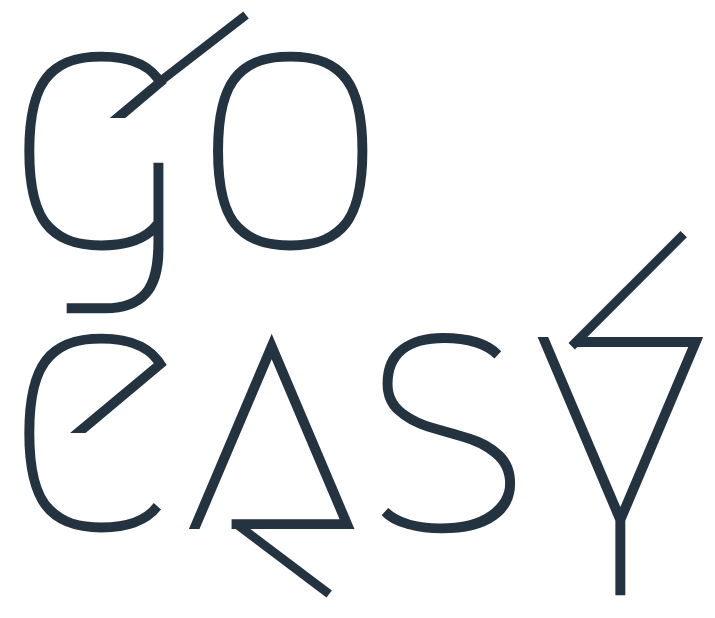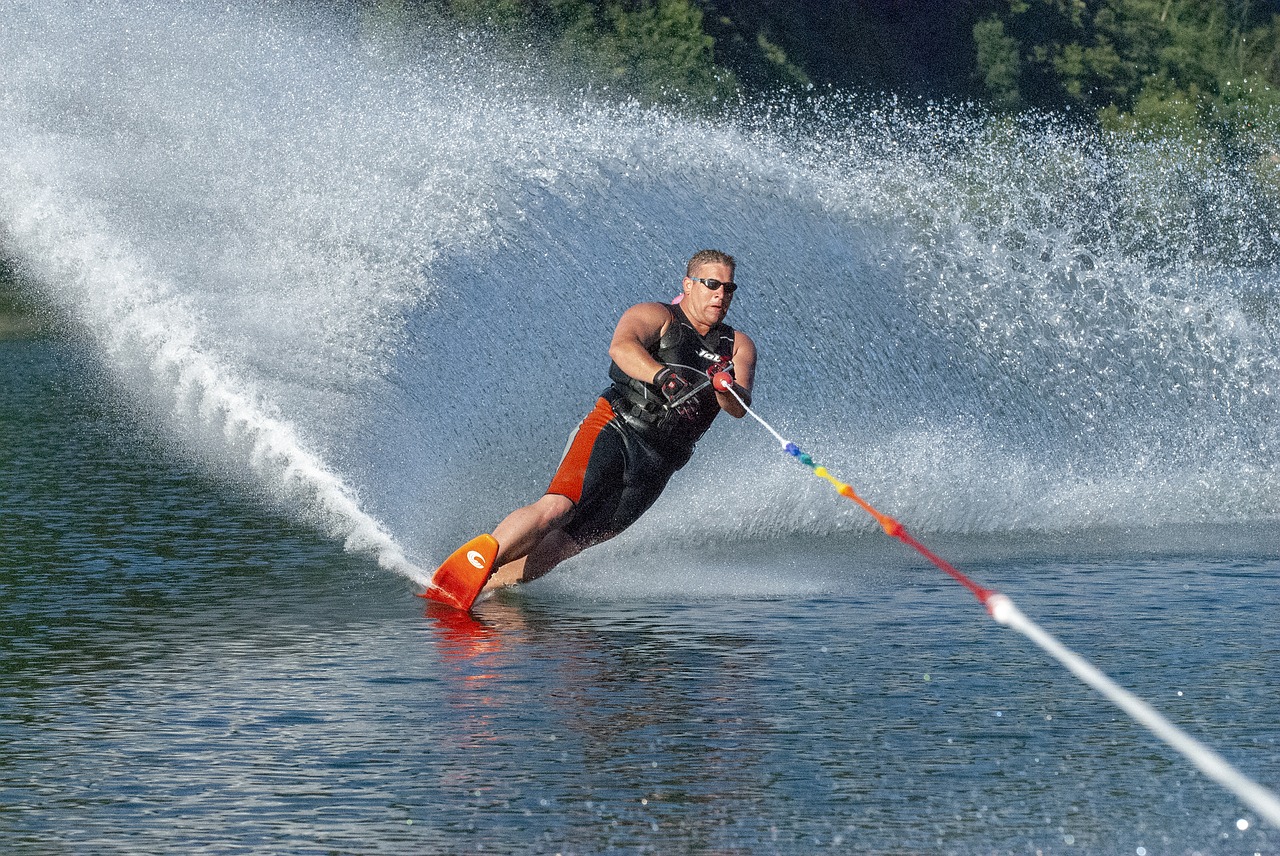You’ve probably heard of water skiing. But what exactly is it? What is the equipment and technique? And what are the health benefits of this extreme sport? If you’re new to the sport, here are some tips for beginners. Listed below are some of the most important terms you need to know before you take up this sport. These terms will help you have a better understanding of the sport and how it’s different than other extreme sports.
Sport of Ralph Samuelson
After an unsuccessful grocery business, Ralph Samuelson’s father decided to invest in acreage in Lake City, Fla., and built a small house. Samuelson was inspired by his brother’s enthusiasm for water sports, and soon began teaching water skiing. On his 19th birthday, Samuelson tried skiing without an extra board. He learned how to angle his skis upward, and on July 2 managed to get up on the water without the extra board.
Techniques
There are many techniques for water skiing. The first is to lean back slightly while riding. This helps you plane out the skis and balance your weight evenly between your heels and balls of feet. You can also hold your ski handle in either vertical or horizontal position. Once you learn how to do it, you can move to the rope or start riding from the boom. Then, you will be ready for a new challenge! Learn the proper techniques for water skiing below! Check it out here talesfromthebox.com
Equipment
There are many types of water skis available, each with its own specific equipment. The most essential piece of equipment is the binding, which provides physical support and comfort to the skier. The ideal binding is made of gum rubber that is about a quarter-inch thick. Other essential equipment includes a floatation device, which consists of a foam core and nylon straps reinforced with unicellular polymer. All of these items are essential for water skiing, but a few extra details can make all the difference in your enjoyment.
Health benefits
As an exercise, water skiing has many health benefits. It improves the cardiovascular system, reduces the risk of coronary heart disease, and boosts the level of good cholesterol. Water skiing requires a half-squat throughout the session. A one-hour session burns about 400 calories. Additionally, water skiing helps strengthen the legs and abdominal muscles. This helps prevent back pain while skiing. And water skiing can be an excellent way to stay fit at any age!
Safety
When you go water skiing, it’s essential that you’re aware of the basic rules of boating and safety. Never ski on well-traveled lanes, and don’t ski in areas where there may be fishing. Always scout the water before you go. You never know what lurks beneath the surface. There are many hazards you need to be aware of and avoid. Follow these guidelines for your own safety and the safety of others.

